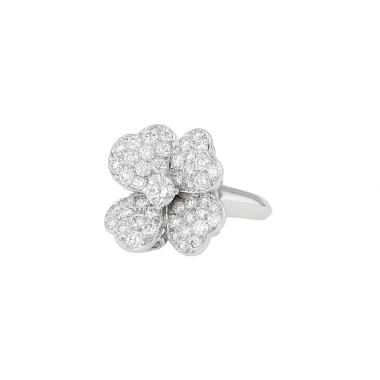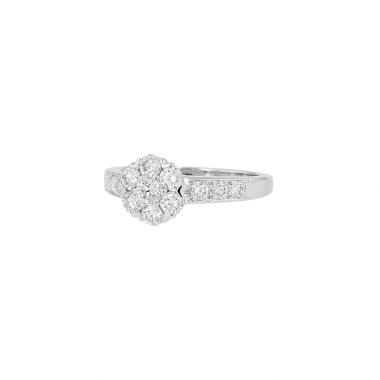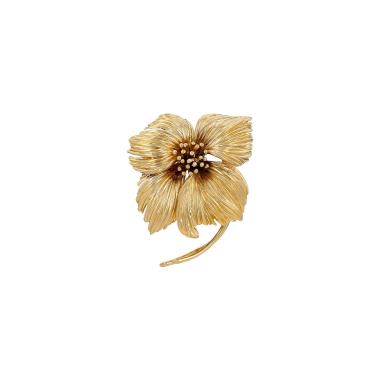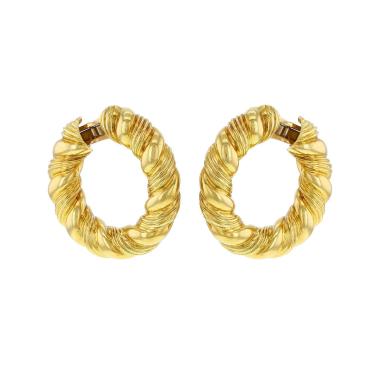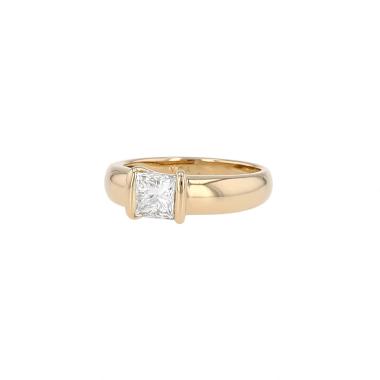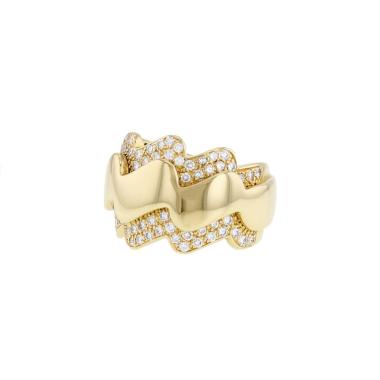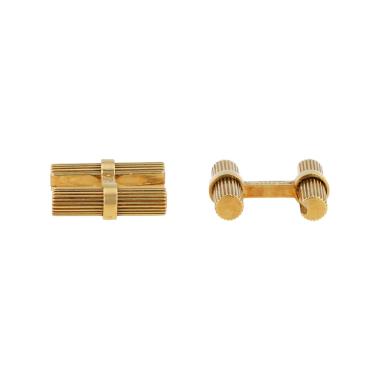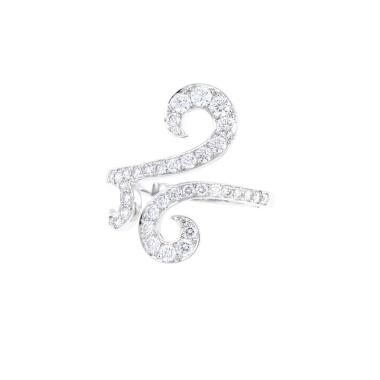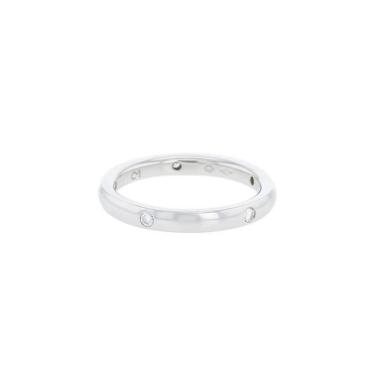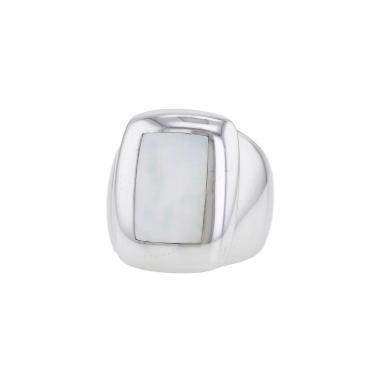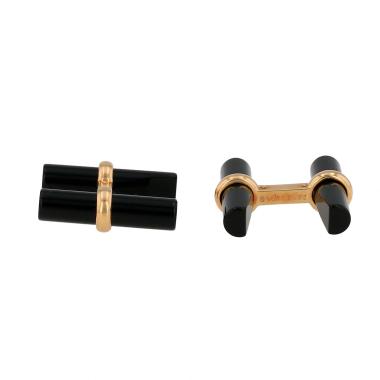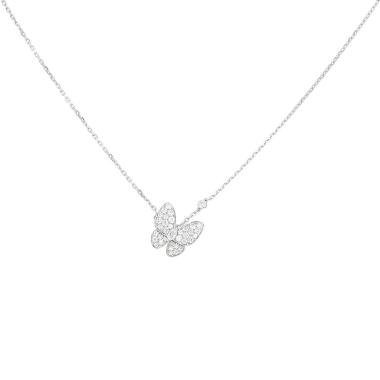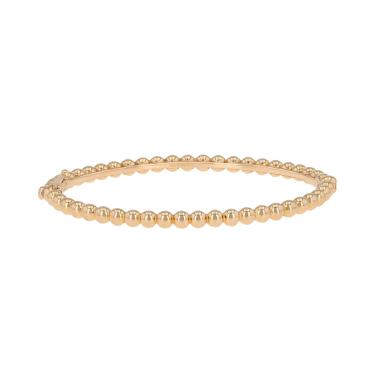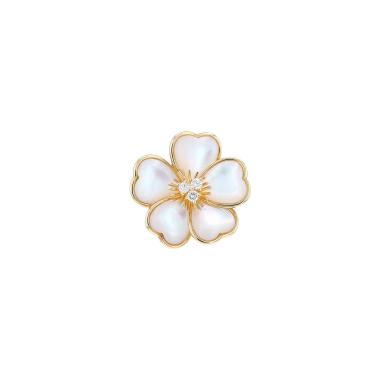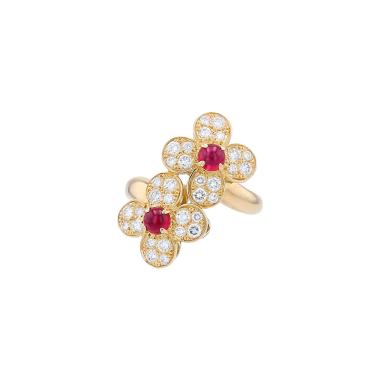The history of Van Cleef & Arpels jewellery
The house of Van Cleef & Arpels was created in 1896 with the union between Estelle Arpels, daughter of a precious stone dealer, an
Minimise
Van Cleef & Arpels jewellery
The house of Van Cleef & Arpels was created in 1896 with the union between Estelle Arpels, daughter of a precious stone dealer, and Alfred Van Cleef, from a family in the stone polishing business, who shared a passion for jewellery.
On 1906 June 16th, the House set up at 22 place Vendôme, a location already cradled in an international ambience of luxury. It was the beginning of their astonishing growth. Very quickly, special orders were to make Van Cleef & Arpels a benchmark in the field of high quality jewellery.
During the 20s, an artistic alliance consolidated the Van Cleef & Arpels style. Renée Puissant, the daughter of Estelle Arpels and Alfred Van Cleef, became the House’s artistic director. Joined in 1922 by René Sim Lacaze, a brilliant designer, they wrought an aesthetic heritage that is still celebrated today.
Between 1926 and 1939, with emblematic creations such as the “collier Zip” (zip necklace), the duo made the name of Van Cleef & Arpels synonymous with excellence in designer jewellery. From 1940 onwards, the legendary theme of ballerinas and fairies would make its appearance.
In 1968, the House created a truly lucky icon: the Alhambra. This elegant symbol with gold beaded borders experienced rapid popularity and became famous as a bringer of good fortune, the emblematic motif of Van Cleef & Arpels.
